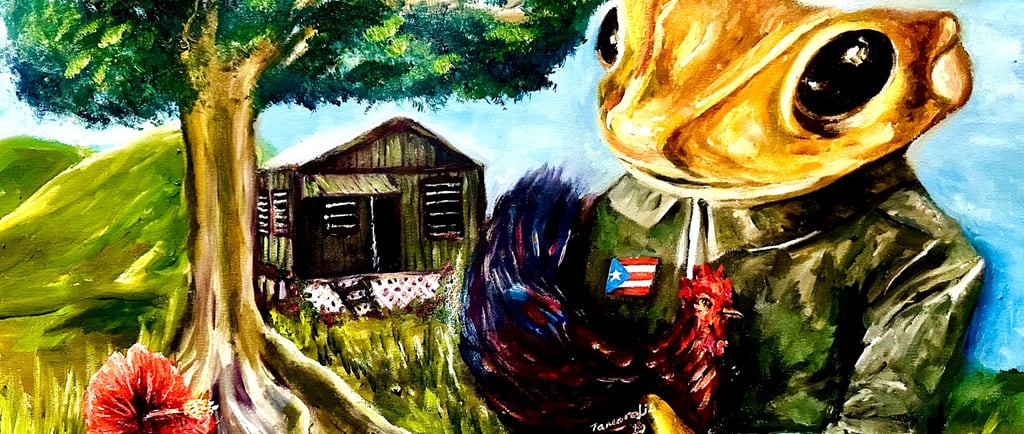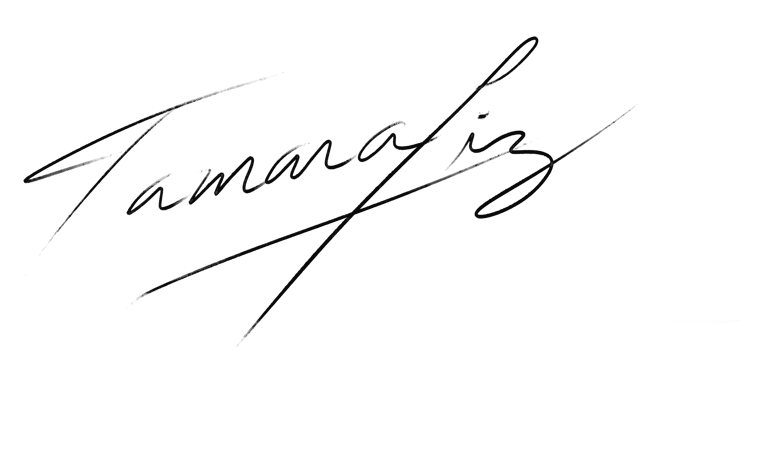How Art Challenges & Shapes Belief Systems post
How Art Challenges & Shapes Belief Systems: From Dadaism to Protest Art explores the powerful role of art in confronting norms, dismantling dominant ideologies, and awakening new ways of thinking. From the absurdity of Dadaism and the dreamscapes of Surrealism to the bold statements of modern protest art, this post dives into how art not only reflects but transforms belief systems—culturally, politically, and spiritually. Discover how creative expression becomes a force for awakening, resistance, and radical imagination.
Tamara Liz
2 min read


How Art Challenges & Shapes Belief Systems: From Dadaism to Protest Art
Introduction
Art has long been a force of cultural disruption, transformation, and belief formation. Whether through rebellious artistic movements, political protest art, or subversive creativity, artists have questioned norms, confronted authority, and reshaped collective worldviews.
From the Dadaists rejecting rationality, to Surrealists exposing the unconscious mind, to modern protest art challenging oppression, art has served as a catalyst for rethinking societal structures and personal beliefs.
But how does art influence what we believe? And how can it shape not just aesthetic tastes but entire ideologies, spiritual understandings, and cultural identities?
The Power of Art to Challenge & Reinvent Belief Systems
Art influences belief in three key ways:
✅ By disrupting dominant narratives (Dadaism, Surrealism, and anti-war movements).
✅ By presenting alternative realities (visionary, conceptual, and spiritual art).
✅ By creating emotional impact that solidifies new perspectives (protest murals, music, and performance art).
Dadaism: The Art of Rebellion & Absurdity
“Dada was not an art movement in the accepted sense… it was a rejection of the values of the bourgeois society.” – Tristan Tzara
Emerging during World War I, Dadaism was a radical rejection of logic, nationalism, and structured belief systems. Dada artists embraced nonsense, chaos, and randomness as a way to challenge the rationality that had led to war and destruction.
🌀 How Dadaism Shaped Belief:
Rejected the idea of meaning itself, forcing people to rethink authority, structure, and artistic rules.
Used absurdity and humor to dismantle propaganda, nationalism, and war-driven ideologies.
Example: Marcel Duchamp’s Fountain (a signed urinal) challenged the belief that art had to be beautiful, sacred, or elite.
🎨 Engagement Idea:
Find a piece of art that makes no sense to you. Instead of rejecting it, sit with it. What feelings or thoughts arise? Does it challenge what you believe about art, society, or yourself?
Surrealism: Unveiling the Hidden Realities of the Mind
Where Dadaism rejected logic, Surrealism sought to explore the unconscious mind. Influenced by Freud and Jung, Surrealist artists believed that reality was not just what we see, but what exists beneath consciousness.
🎭 How Surrealism Shaped Belief:
Introduced the idea that hidden forces (dreams, intuition, emotions) shape our realities.
Challenged the belief that reason and control were superior to instinct and imagination.
Example: Salvador Dalí’s The Persistence of Memory (melting clocks) questioned time, stability, and rationality itself.
🌌 Engagement Idea:
Try a Surrealist technique—automatic drawing or writing. Let your hand move freely without controlling it. What hidden thoughts, symbols, or emotions emerge?
Protest Art: The Visual Power of Social Change
From murals in revolutions to music in civil rights movements, art has always been a tool for resistance. Protest art is effective because it bypasses logic and speaks directly to emotions, creating a visceral response that inspires action.
🖌 How Protest Art Shapes Belief:
Makes oppression and injustice visible and undeniable.
Creates shared narratives that unite communities and empower resistance.
Example: Puerto Rico & Bad Bunny’s visual activism—his music videos and street art critiques political corruption, inequality, and cultural erasure.
🎶 Engagement Idea:
Find a song, mural, or artwork from a protest movement that resonates with you. What message is it conveying? How does it shape or challenge your beliefs?
Conclusion: Art as a Mirror & a Catalyst for Belief Change
Art is not just a passive reflection of society—it is a tool that reshapes consciousness. Whether through absurdity, imagination, or activism, art has the power to:
✨ Challenge established truths.
✨ Unveil hidden realities.
✨ Inspire movements for social change.
By engaging with art critically and emotionally, we can expand our perspectives, question our assumptions, and even evolve our own belief systems.
🔥 Final Question: What’s an artwork that has changed your perspective on life?
Explore the world of Tamara Liz.
Contact
becreative@tamaraliz.com
915-258-9049
© 2025. All rights reserved.
